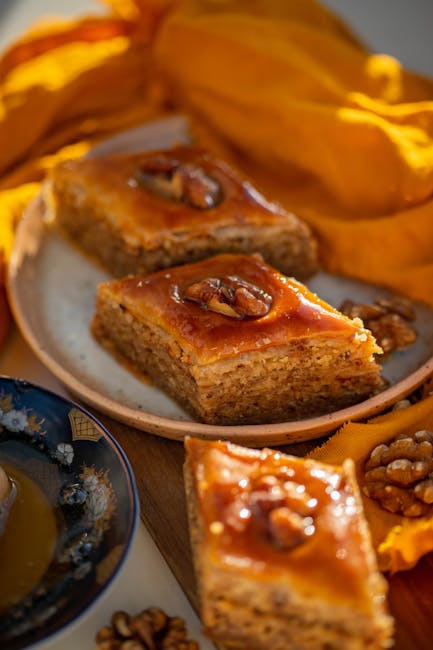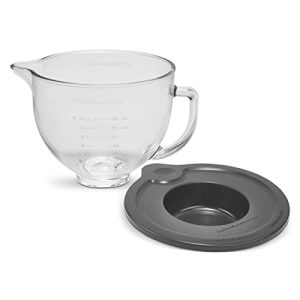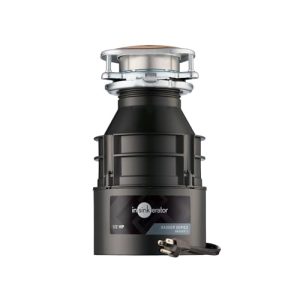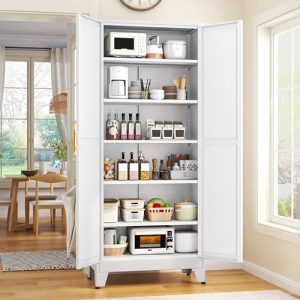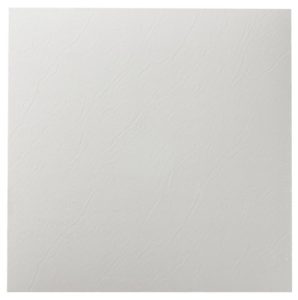Are you ready to give your kitchen a fresh, modern look by cutting high gloss kitchen doors yourself? It might sound tricky, but with the right steps, you can achieve a clean, professional finish without damaging that shiny surface.
Imagine the satisfaction of transforming your space while saving money and time. In this guide, you’ll discover simple tips and proven techniques to cut your high gloss doors perfectly every time. Keep reading, and you’ll gain the confidence to tackle this project like a pro.
Choosing The Right Tools
Choosing the right tools is key to cutting high gloss kitchen doors cleanly. The right equipment helps avoid chipping and keeps edges smooth. It also makes the job faster and safer.
High gloss surfaces are delicate. Poor tools can scratch or damage the finish. Using tools designed for precision protects your kitchen doors and gives a professional look.
Best Saws For High Gloss Doors
- Fine-tooth circular saw:Provides smooth, clean cuts with minimal chipping.
- Track saw:Offers precise, straight lines and reduces surface damage.
- Jigsaw with a fine blade:Ideal for curved or detailed cuts, but use slow speed.
- Handsaw with fine teeth:Good for small adjustments and touch-ups.
Use blades designed for laminates or plastics to reduce rough edges. Sharp blades make cutting easier and cleaner.
Essential Safety Gear
- Safety glasses:Protect eyes from dust and flying debris.
- Ear protection:Guards ears from loud saw noise.
- Dust mask:Prevents inhalation of fine particles.
- Gloves:Protect hands from sharp edges and splinters.
Always wear safety gear before starting any cutting task. It keeps you safe and focused on the work.
Preparing The Workspace
Preparing your workspace is a crucial step before cutting high gloss kitchen doors. A clean and organized area helps you avoid mistakes and keeps the glossy surface free from scratches or dust. Taking time to set up properly saves frustration and improves your cutting accuracy.
Cleaning And Organizing
Start by wiping down your workspace to remove any dust or debris. High gloss surfaces show every scratch and smudge, so keeping the area spotless is essential. Clear away unnecessary tools and clutter to create plenty of room for maneuvering the door safely.
Gather all the tools you’ll need nearby—such as clamps, saws, sandpaper, and protective gear. Having everything within reach means you won’t have to move the door repeatedly, reducing the risk of damage. Think about how you can arrange your tools for easy access while maintaining a tidy space.
Securing The Door Properly
Next, you need to firmly secure the door to prevent any movement during cutting. Use clamps that won’t leave marks on the glossy finish—rubber-padded clamps work great. Position them so the door stays stable but avoid over-tightening, which can damage the surface.
Consider placing a soft cloth or foam underneath the door to protect it from scratches where it rests on your workbench. Ask yourself: Is the door absolutely still? Even slight shifts can ruin a precise cut and harm the high gloss finish.
By investing time in preparing your workspace with these steps, you set yourself up for clean, professional results without unnecessary stress or damage.
Marking The Cut Lines
Marking the cut lines on high gloss kitchen doors is a crucial step that sets the foundation for a clean, precise cut. If the lines are off or unclear, the whole project can be compromised. Taking your time here saves you from costly mistakes and frustration later on.
Using Accurate Measuring Techniques
Start with a reliable tape measure or a steel ruler to get exact dimensions. Double-check your measurements by measuring twice and marking once—this old advice really works. Keep your measuring tool steady and aligned with the edge of the door to avoid any skewed lines.
Consider using a square tool to ensure your lines are perfectly perpendicular or parallel. This is especially important for doors with rectangular shapes where accuracy affects the fit. Have you ever tried cutting a door that didn’t close properly because the lines were off? Avoid that hassle by being precise here.
Tips For Clear Markings On Glossy Surfaces
High gloss surfaces can be tricky because standard pencils or markers may not show up well or might smudge easily. Use a fine-tip permanent marker or a grease pencil designed for shiny surfaces to get clear, visible lines. Test your marking tool on a small hidden spot first to make sure it doesn’t damage the finish.
Another useful trick is to place a strip of painter’s tape along the cut line before marking. This creates a matte surface for your pen to grip and prevents slipping. You can peel the tape off after cutting without leaving residue, keeping your kitchen door looking flawless.
Have you noticed how frustrating it can be when your cut line disappears or smears while you work? Tackling this early with the right tools can make all the difference in achieving a professional finish.
Cutting Techniques
Cutting high gloss kitchen doors requires a sharp blade and steady hands to avoid scratches. Use masking tape on the cut line to protect the surface and cut slowly for a clean edge.
Cutting high gloss kitchen doors requires precision and care. These doors add elegance to kitchens but need special handling. Proper techniques ensure clean cuts and a flawless finish. Let’s explore some effective methods for cutting.Slow And Steady Cutting Methods
Working with high gloss doors demands patience. A slow and steady pace prevents damage. Use a fine-toothed saw or a circular saw with a sharp blade. These tools reduce friction and heat, protecting the gloss. Maintain a firm grip on the saw. Let the tool do the work without forcing it. Consistent pressure ensures a smooth, even cut.Avoiding Chipping And Cracking
High gloss surfaces can chip easily. To avoid this, use masking tape along the cut line. The tape supports the surface during cutting. Score the line lightly before making the full cut. This technique prevents cracks from spreading. Keep the saw blade sharp. A dull blade increases the risk of chipping. Always wear safety goggles to protect your eyes from debris.Finishing The Edges
Finishing the edges of high gloss kitchen doors is crucial for achieving a smooth, professional look. The edges are where damage is most likely to occur, so careful attention is necessary to preserve the sleek finish. Taking the time to properly sand and protect these edges will extend the life of your doors and keep them looking pristine.
Sanding Without Damage
Sanding high gloss surfaces requires a delicate touch. Use fine-grit sandpaper, around 320 to 400 grit, to gently smooth the edges without scratching the glossy surface.
Always sand in one direction and avoid aggressive pressure. This prevents dull spots and maintains the shine.
If you notice any tiny chips or imperfections after cutting, lightly sanding the edges can help blend them in. Have you tried using a sanding block? It gives you better control compared to sanding by hand.
Applying Edge Protection
Once the edges are smooth, applying protection is key to preventing future damage. Edge banding or clear lacquer can be your best friend here.
Edge banding is thin tape that sticks to the edge, matching the door’s color and finish. It hides cut marks and adds a layer of defense against moisture and knocks.
If you prefer a more invisible solution, clear lacquer or polyurethane seals the edges and keeps the gloss intact. Use a small brush to apply thin, even coats, letting each dry fully before adding the next.
What kind of edge protection fits your kitchen’s style and use? Consider how much wear the doors will face and choose accordingly.
Common Mistakes To Avoid
Cutting high gloss kitchen doors requires precision and care. Many people make avoidable mistakes that lead to damaged surfaces or uneven edges. Understanding these common pitfalls can save you time, money, and frustration.
Ignoring Tool Maintenance
Your tools need to be sharp and clean to cut high gloss surfaces smoothly. Dull blades cause chipping and rough edges, ruining the glossy finish. Have you checked your saw blades recently? Taking a few minutes to clean and sharpen them pays off immediately.
Also, dust buildup can affect cutting accuracy. Wipe down your tools regularly to keep them working perfectly. Neglecting this can lead to unpredictable results and more wasted material.
Rushing The Cutting Process
High gloss doors demand a slow and steady approach. Moving too fast can cause heat buildup, leading to melting or cracking of the surface. Have you ever felt the door surface getting warm while cutting? That’s a clear sign to slow down.
Patience is key. Take breaks if needed and make multiple shallow cuts instead of one deep cut. This reduces stress on the material and helps maintain a flawless finish.
Maintaining Your High Gloss Doors
Maintaining your high gloss kitchen doors keeps your space looking fresh and inviting. These doors are stylish but need careful upkeep to preserve their smooth, shiny surface. With the right approach, you can avoid dullness, scratches, and damage over time.
Cleaning Tips For Lasting Shine
Regular cleaning is key to keeping your doors glossy. Use a soft microfiber cloth to wipe away dust and fingerprints gently. Avoid abrasive sponges or harsh chemicals that can scratch or dull the finish.
For tougher spots, mix a few drops of mild dish soap with warm water. Dampen your cloth with the solution and wipe the surface carefully, then dry immediately with a clean, dry cloth. Have you noticed how a quick wipe after cooking prevents grime buildup?
Polishing occasionally can enhance the shine. Choose a polish specifically made for high gloss surfaces and apply it sparingly. Test on a small area first to ensure it doesn’t cause any damage.
Handling Repairs And Touch-ups
Small scratches or chips can happen, but they don’t have to ruin your kitchen’s look. Use a high gloss touch-up pen or paint that matches your door color exactly. This can quickly disguise minor blemishes.
Deeper scratches might need light sanding and repainting. Sand gently with very fine grit sandpaper—too much pressure can cause more damage. After sanding, clean the area thoroughly before applying primer and paint.
If you’re unsure about matching colors or techniques, consulting a professional can save time and frustration. Have you ever tried fixing a scratch only to make it more noticeable?
Frequently Asked Questions
How Do You Cut High Gloss Kitchen Doors Without Damage?
Use a fine-tooth saw blade and cut slowly to avoid chipping. Apply painter’s tape on the cut line for extra protection. Always support the door firmly and sand edges gently after cutting.
What Tools Are Best For Cutting High Gloss Kitchen Doors?
A jigsaw with a fine-tooth blade or a circular saw with a laminate blade works best. Use clamps to secure the door and a straight edge as a guide for precise cuts.
Can I Cut High Gloss Doors At Home Safely?
Yes, with the right tools and precautions. Work on a stable surface, wear safety gear, and cut slowly to prevent damage. Practice on a scrap piece if possible before cutting the actual door.
How To Prevent Chipping On High Gloss Door Edges?
Apply painter’s tape along the cut line before cutting. Use a sharp, fine-tooth blade and cut slowly. Lightly sand the edges after cutting to smooth any roughness.
Conclusion
Cutting high gloss kitchen doors takes patience and the right tools. Always measure twice before making any cuts. Use sharp blades and slow, steady movements to avoid chipping. Protect the door edges with tape for cleaner results. Taking your time helps keep the glossy finish smooth.
Following these steps makes your kitchen look neat and polished. Practice on a small piece first to build confidence. This simple process saves money and gives your kitchen a fresh look.

Sophie Hartwell is the founder of KitchenQuik.com, where she shares kitchen tips, smart cooking hacks, and the best product picks to make everyday cooking easier and more enjoyable.
